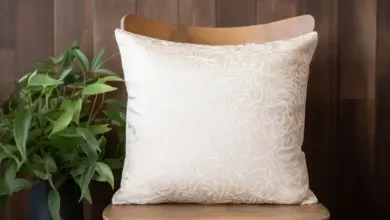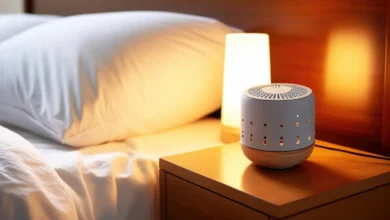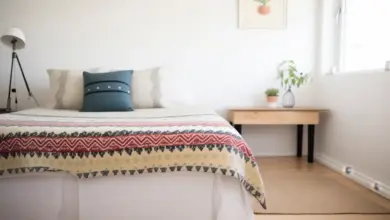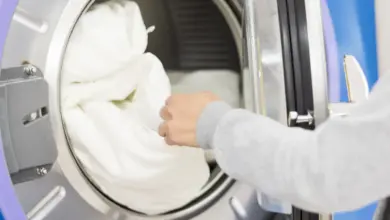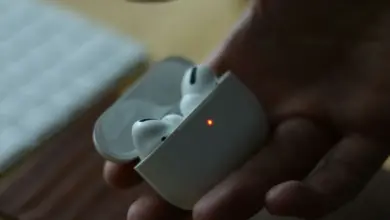How To Wash A Doona Or Quilt The Right Way
Cleaning 101: How To Wash A Doona Or Quilt The Right Way
It’s likely your doona. You have just cleaned your sheets, and are ready to go to bed. But something smells. Doonas, or quilts for our American friends, can be an excellent addition to any bedroom. However, they must be cleaned correctly to keep their quality, and to keep you warm. This post will show you how to wash your doona correctly.
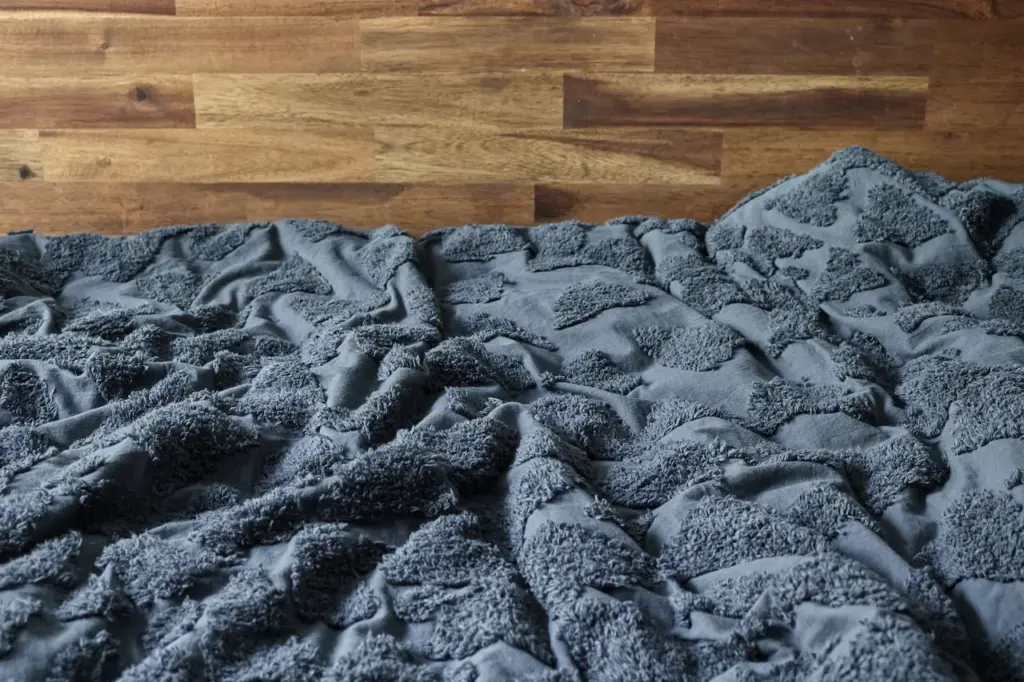
Can You Wash Doonas? And how often?
Your doona, like your sheets and clothing, should be washed regularly to remove the accumulation of bacteria, dust mites, sweat and dead skin that can cause allergies.
- USE If you have regular direct contact with the doona when you sleep, and you do not use either a duvet or flat sheet to cover it, then your doona is more exposed to elements. It should therefore be washed frequently. About every two to three month. Pets that sleep or lounge on your bed should be washed more frequently – approximately once a month.
- EXPOSUREif your doona tends to get dirty quickly, wash it every three to four weeks. If you’ve recently recovered from an illness or had an accident, you should wash your doona immediately.
- MAXIMUM The absolute maximum between washings you should do is every six months.
The materials also affects how often it should be cleaned, although suggestions differ. If you are unsure, always read the instructions.
Read the Label for Care Instructions
Like most other home goods, every quilt and doona comes with care instructions to help you clean it. The instructions will help you keep your doona, and even your machine, in great shape for many years.
It is recommended that you stop all attempts to clean your doona at home if the instructions state “dry cleaning only.” and go to your nearest dry cleaner. You should proceed with caution as other methods of cleaning your doona could damage it.
Some instructions will specify the type of washer needed to complete the task. The tag may indicate that only front-loading washers are suitable for washing the item. A top-loading washer, however, could damage the agitator. This is partly due to the weight of doonas when they are wet.
Repair
If you have had your doona for a while, it may be in need of some extra TLC.
When washing, if the fabric has any tears or loose seams, the stuffing could come out, damaging your machine.
There are many options if the damage is not too severe and can be repaired at home. If the damage is extensive, you may need to buy a new doona .
How to wash your doona: Step-by-Step Instructions
Spot Clean and Fight Stains
It’s a good idea, if your doona is older and has more stains than it used to have in the past, to clean those spots by hand before washing. You can use the following methods to remove any stains.
- Blood: Apply a mild detergent to the affected area, and let it sit for 30 mins before rinsing with cold water. You can apply hydrogen peroxide at the start or the end of the process to help lift the stain.
- Coffee: Combine distilled vinegar, water, and dish soap. Apply liberally.
- Lipstick : Use the back of the butter knife to gently scrape off any excess material. Then, dab on some isopropyl and then rinse the area with cold water.
TIP Before spot-cleaning the fabric, move the filling so that it doesn’t become wet.
Hand-washing
Hand-washing a doona is not my first choice, but it can be done if you don’t have the equipment to do so. This is a long process but, if you do it right, the result will be a clean, fresh-smelling doona by nightfall.
- Use your bathtub or a large container as a wash basin.
TIP : Before cleaning your doona, remove any soap scum from the tub. This will prevent it from getting dirty. - Fill the tub with cold water and place your doona inside.
- Use your hands to work a mild detergent into the doona.
TIP If you have sensitive hands like mine, use rubber gloves to protect them from the detergent. - Let your doona soak in water for 30 minutes.
- Rinse your doona in cold, clean water. Repeat until the water is clear.
Roll your doona up in the bathtub to remove excess water before drying it.
How to Machine Wash a Doona
You must use the right machine for the job. Use a large capacity washer for doonas. For most doonas, a front-loading washing machine with a capacity of 7 to8 kg is the best choice.
Avoid top load washers with central agitators. They can cause damage to the fabric of a doona.
- [Optional]If you doona is dirty, pre-soak in lukewarm water for 30 minutes with a mild detergent.
- Doonas should be washed on a gentle cycle with temperatures no higher than 40c (104 F) and 800 to 1000 RPM. Use cool water to wash the doona. Hot water can shrink it and cause colours to bleed.
- Be sure to not overload your machine. One good rule is to wash only one doona.
- Use a mild soap (without bleach).
- [Optional] Use the extra rinse function on your machine to wash the doona a minimum of twice to remove soap residue.
- You can tumble dry or line dry your doona. When drying your doona on a line, be sure to smooth any wrinkles out as it dries.
- Do not leave your doona in the washer for too long. It can start to smell musty.
Doonas materials to consider
Your doona’s material will also affect the way you wash it.
- Feather-and-down-fill: Wash in cold or hot water using mild detergent and a delicate cycle.
TIP Use less detergent, and run an additional rinse cycle to remove all soap. - Polyfill : Wash in warm or cold water using mild detergent and a delicate cycle.
Avoid using hot water, as this can cause the fabric to shrink and wrinkle. Avoid using fabric softeners, as they can cause the weave to be blocked and reduce the fabric’s fire retardant properties. - Wool : Wash in cold water using wool-specific detergent. Use the delicate cycle. To remove excess water, skip any slow spin cycles and use a medium/high setting on your machine.
TIP: If the space in which the doona is stored is too small, it can cause the wool to lose its shape. Wool doonas must only be dried by air.
Drying methods
Drying your doona is important, whether you use a machine or not.
Flat/Line Dry:
Doonas may take two days to dry completely if it is sunny and bright. This method is best if you have patience and the time to do it. It doesn’t put any strain on the fabric.
- Fill your doona with a different amount of filling.
- Doona can be laid flat on the floor or hung on a line.
- It is important to let it dry completely. You may have to flip the doona to ensure that both sides of the filling and the outer side are completely dried.
TIP : Use a fan to speed up the process inside if you are able.
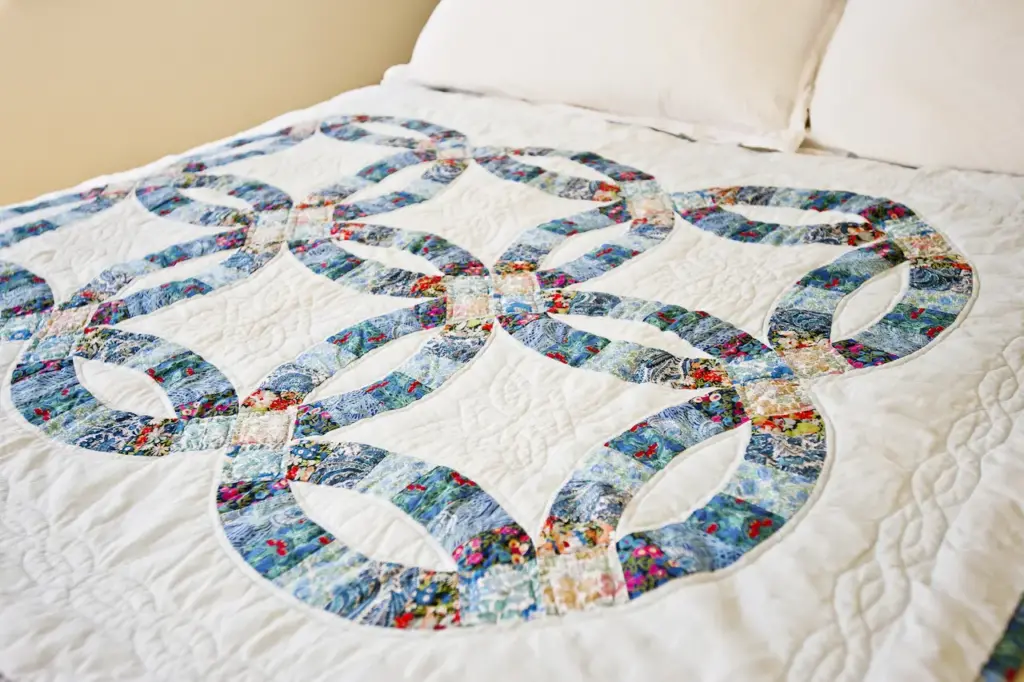
Machine Dry
The drying time for your doona can vary from two to eight hours depending on the dryer you use. Check the label to see if your fabric can be tumble dried.
- Fill your doona with a different amount of filling.
- To fluff socks, place dryer balls or tennis balls in socks in the dryer.
- Remove the doona every 20 minutes and adjust the filling if necessary.
- Completely dry at low heat (52degC, or 125 F).
TIP When redistributing fillings, if sections clump together, this indicates that the filling still needs to be dried.
Give it a Refresh
Steamers can be used to keep your doona fresh between washings. They will also reduce wrinkles. You should avoid using direct heat on your down doona, such as when ironing. This can melt the feathers and filling.
You can maintain the fresh scent of laundry between washes. After steam cleaning, you can use a pillow spray or fabric mist to keep the doona fresh. It’s not recommended that you use essential oils in the steamer, as they are not water soluble and won’t produce steam. This can cause the steamer to clog up and become damaged.
Wrapping up
After cleaning your doona you can rest assured that your sleep will not be disturbed by unpleasant smells or dust mites.
